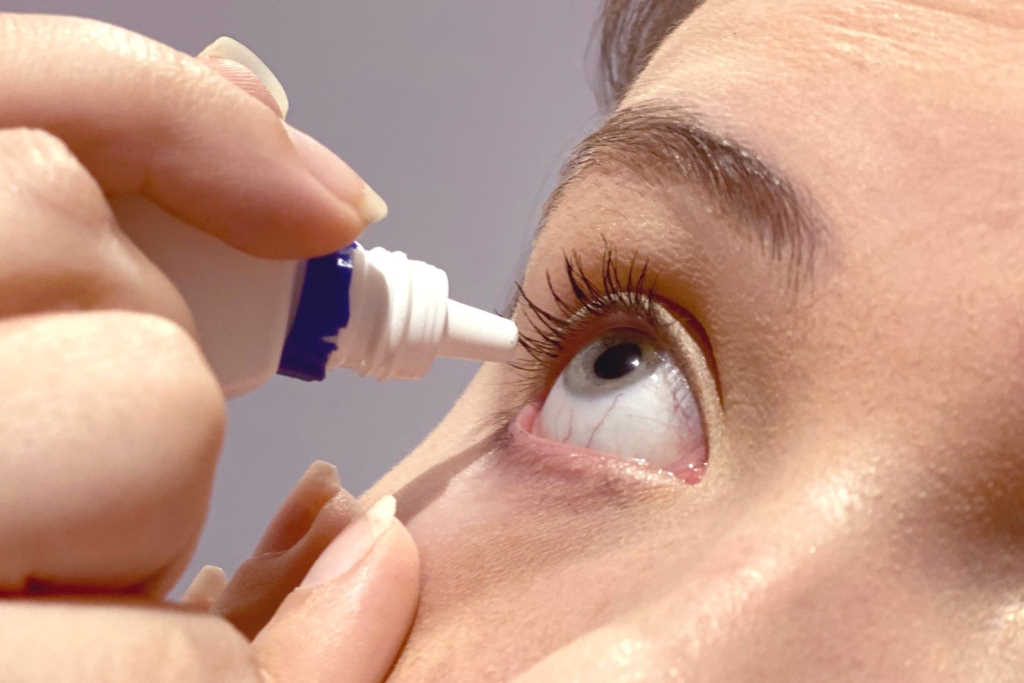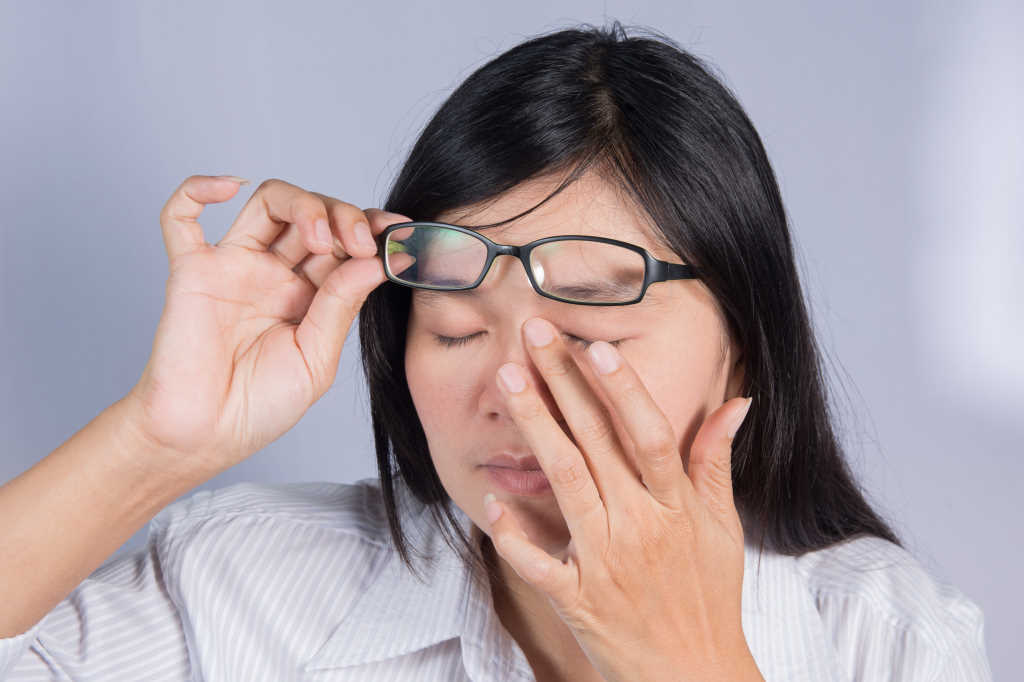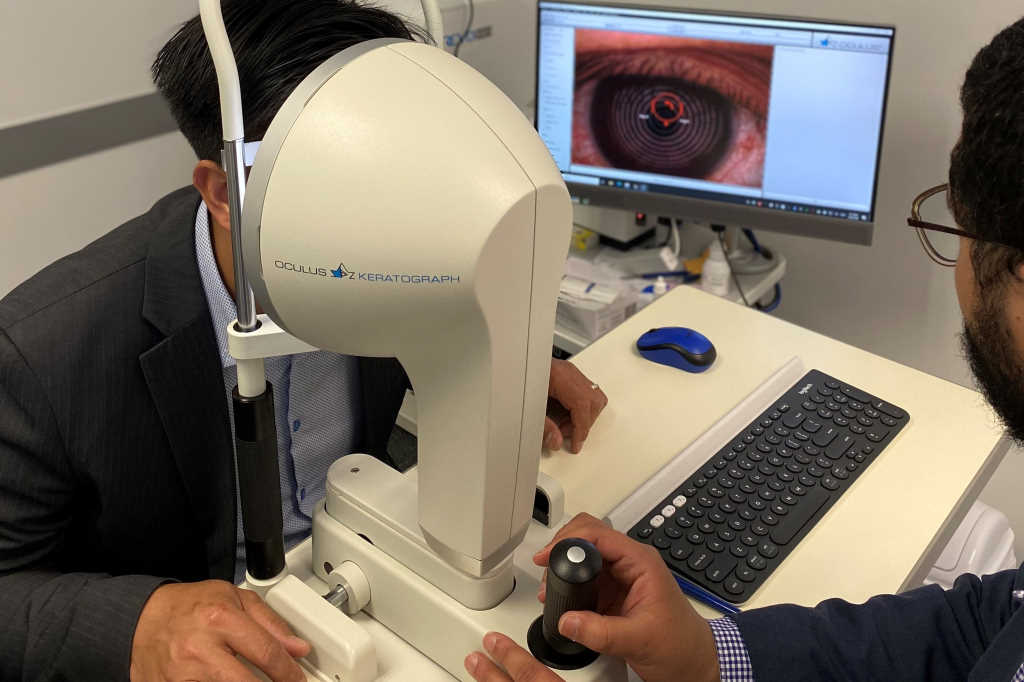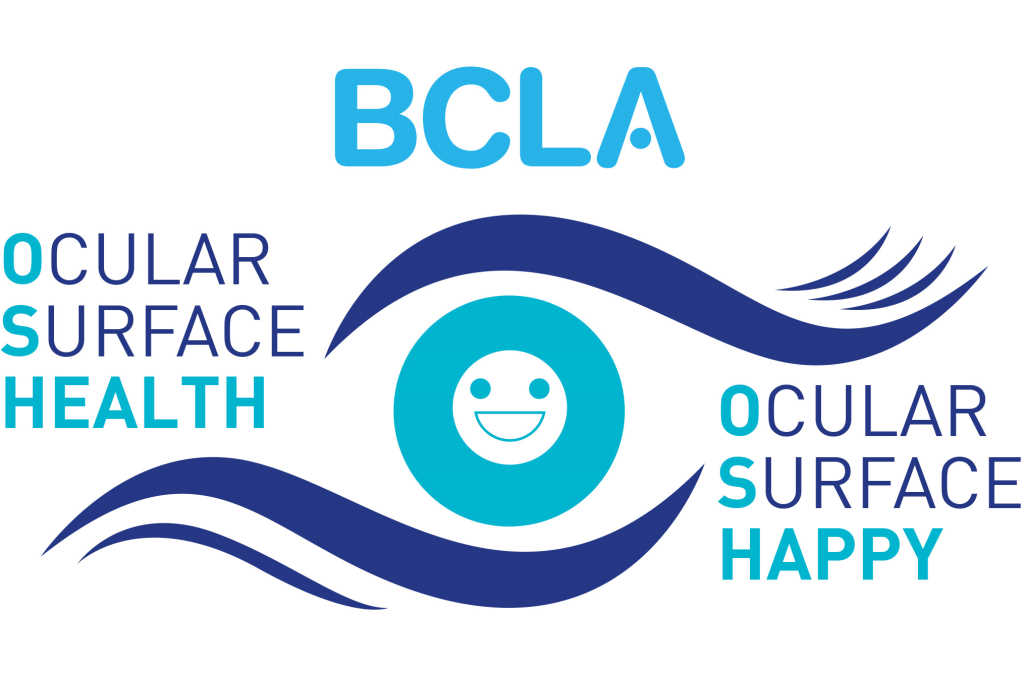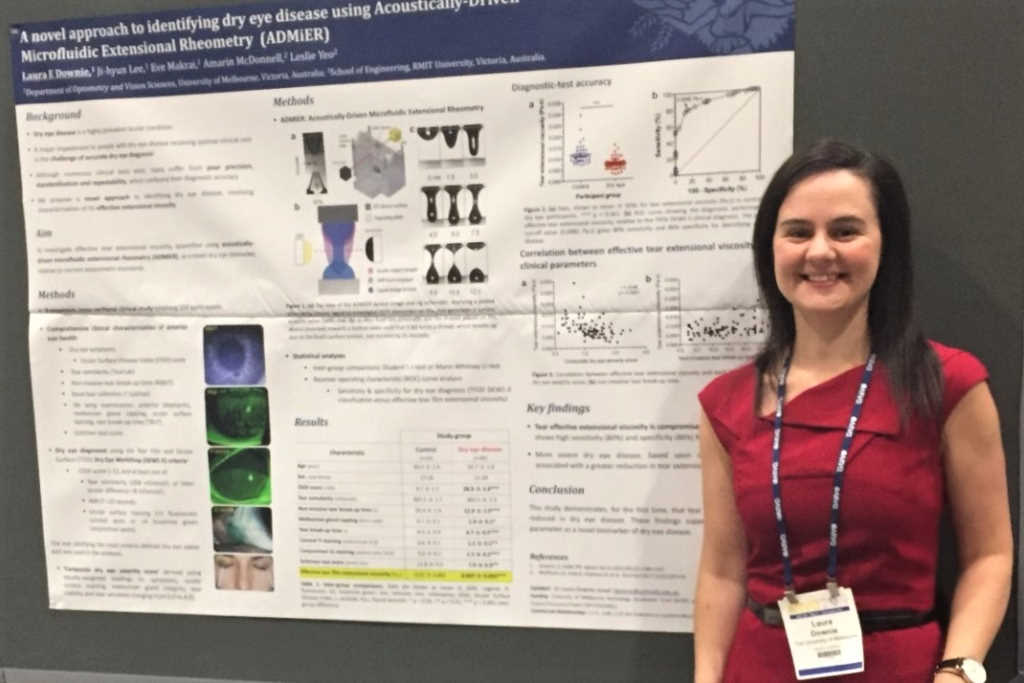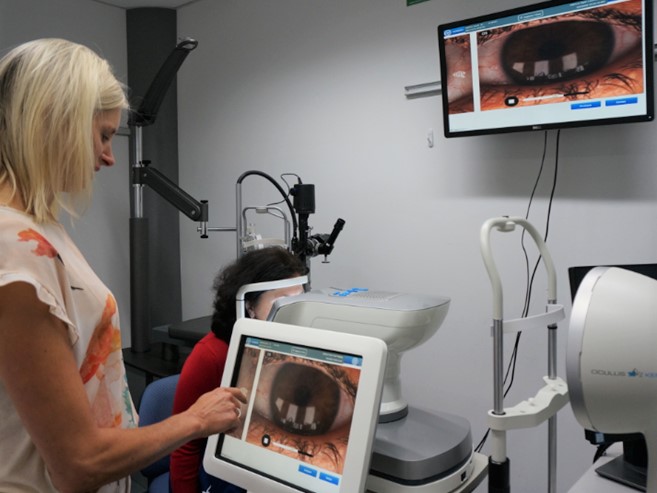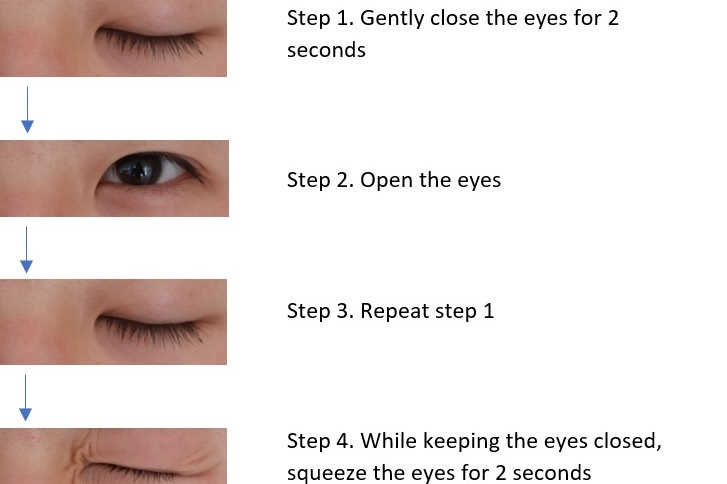New MGD treatment holds promise
A novel therapy for meibomian gland dysfunction (MGD), developed from treatment for a chronic form of dermatitis and dandruff, holds promise for a better solution option for dry eye disease (DED).
AZR-MD-001, the lead product of young, Israeli-Australian biotech company Azura Ophthalmics, is the first ophthalmic keratolytic for the treatment of lid margin diseases such as MGD, blepharitis and contact lens discomfort.
Research over the past decade has pointed to hyperkeratinization, or the build-up and shedding of the protein keratin into the meibomian gland ducts, as a root cause of obstructive MGD, the main cause of DED.
Currently, the only treatments for MGD are considered both invasive and cumbersome for patients, said Marc Gleeson, Azura Ophthalmics CEO. “Technologies designed to melt the meibum oils to help restore the tear film lipid layer do not address the underlying causes of MGD, including hyperkeratinisation, while mechanical approaches targeted directly at hyperkeratinisation can be invasive and unpleasant for patients. For this reason, they are unlikely to have broad efficacy or acceptance across the general population, or prevent disease progression in patients who are identified to be suffering from MGD and/or altered lipid production.”
AZR-MD-001 is a novel ophthalmic formulation of the keratolytic agent, selenium disulfide, which has been used successfully to treat pityriasis versicolor, seborrhoeic dermatitis and dandruff. “Selenium disulphide has a triple mechanism of action, it slows down keratin production, breaks down keratin and increases the quantity of lipid produced by the meibomian glands, a unique property of selenium disulphide,” said Gleeson.
A non-ophthalmic formulation of the active ingredient in AZR-MD-001 was evaluated in a non-randomised, contralateral eye controlled, phase I pilot study of 18 patients with MGD and evaporative DED. The treatment was applied over the eyelid margin for five minutes, twice weekly for 34 days followed by a single treatment on day 44. According to the company, significant improvements in tear stability (tear breakup time) and lipid layer quality for the drug-treated eye versus the untreated contralateral eye were observed by day 22 of treatment. AZR-MD-001 was also considered safe and well tolerated with controlled dosing, it said.
“These data suggest that a dermatological approach can have a significant effect on MGD and associated conditions by opening the glands, increasing lipid production and restoring tear-layer health,” said Gleeson.
In a recent article in the journal Cataract and Refractive Surgery Today (CRST), US-based cornea and refractive surgeon Dr Laura Periman said, “The clinical science behind combined dermatologic-ophthalmologic approaches to treatment of MGD is in its infancy, but a treatment such as AZR-MD-001 represents an exciting new therapeutic category in the development of strategies to address the obstruction and hyposecretion problems of MGD.”
Following on from Azura’s placebo-controlled trial which is currently ongoing at the Sydney Eye Hospital, the School of Optometry and Vision Science at the University of New South Wales and the Department of Optometry and Vision Sciences at the University of Melbourne, the company is enrolling patients in Australia and New Zealand in a new prospective, multicentre, randomised, double-masked, vehicle-controlled, parallel group phase II study of AZR-MD-001. Sites in Auckland include the Ocular Surface Laboratory at the University of Auckland, Mortimer Hirst Optometrists and Auckland Eye, and Rose Optometrists in Hamilton.
Azura expects to publish outcomes from its first trial in early 2021.











